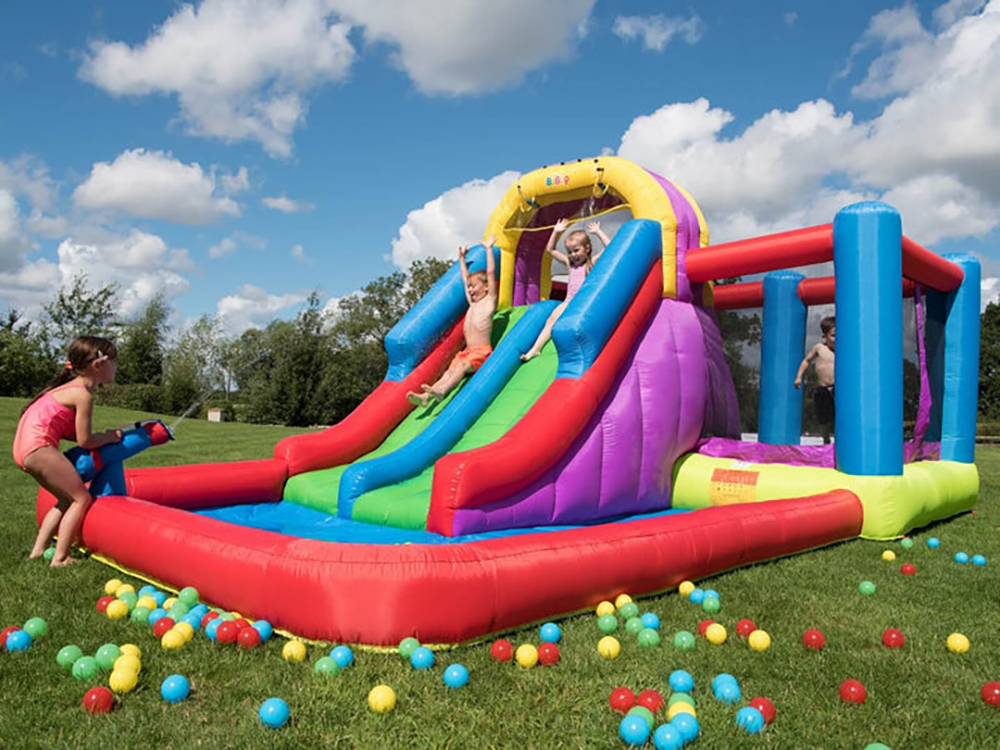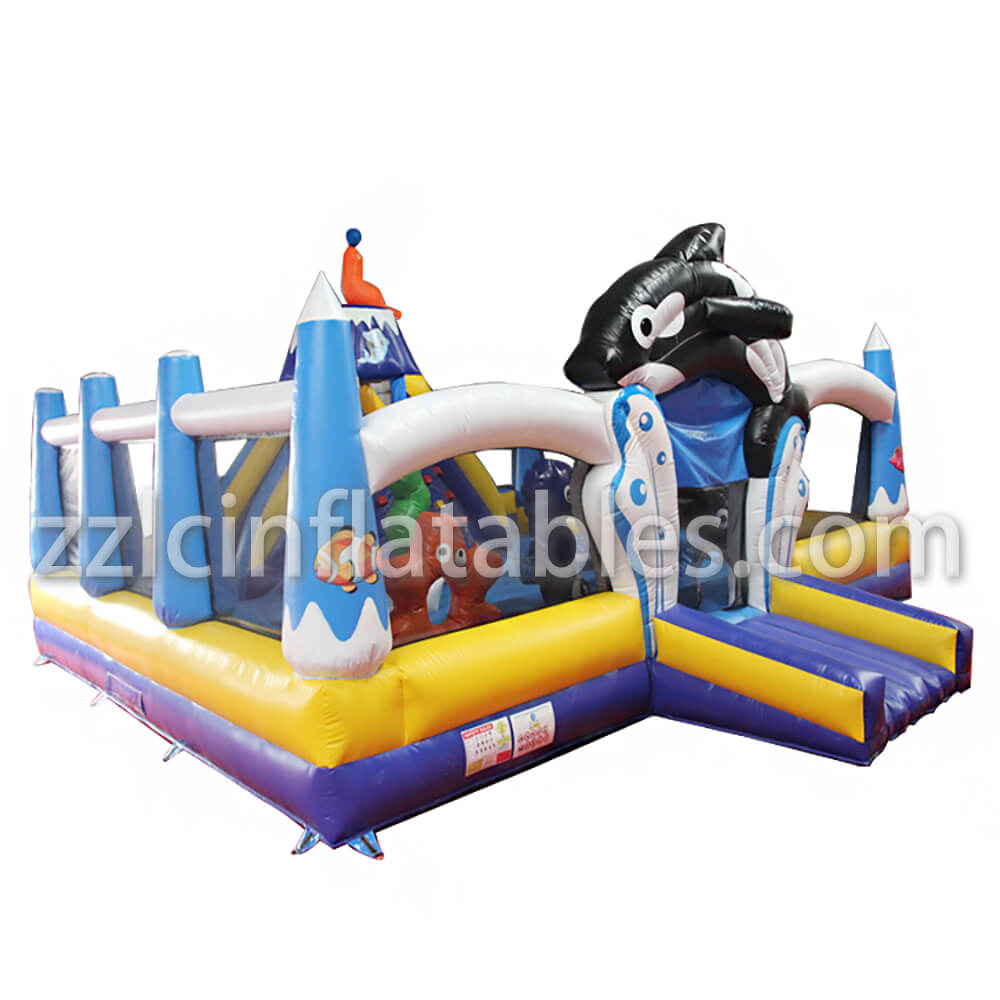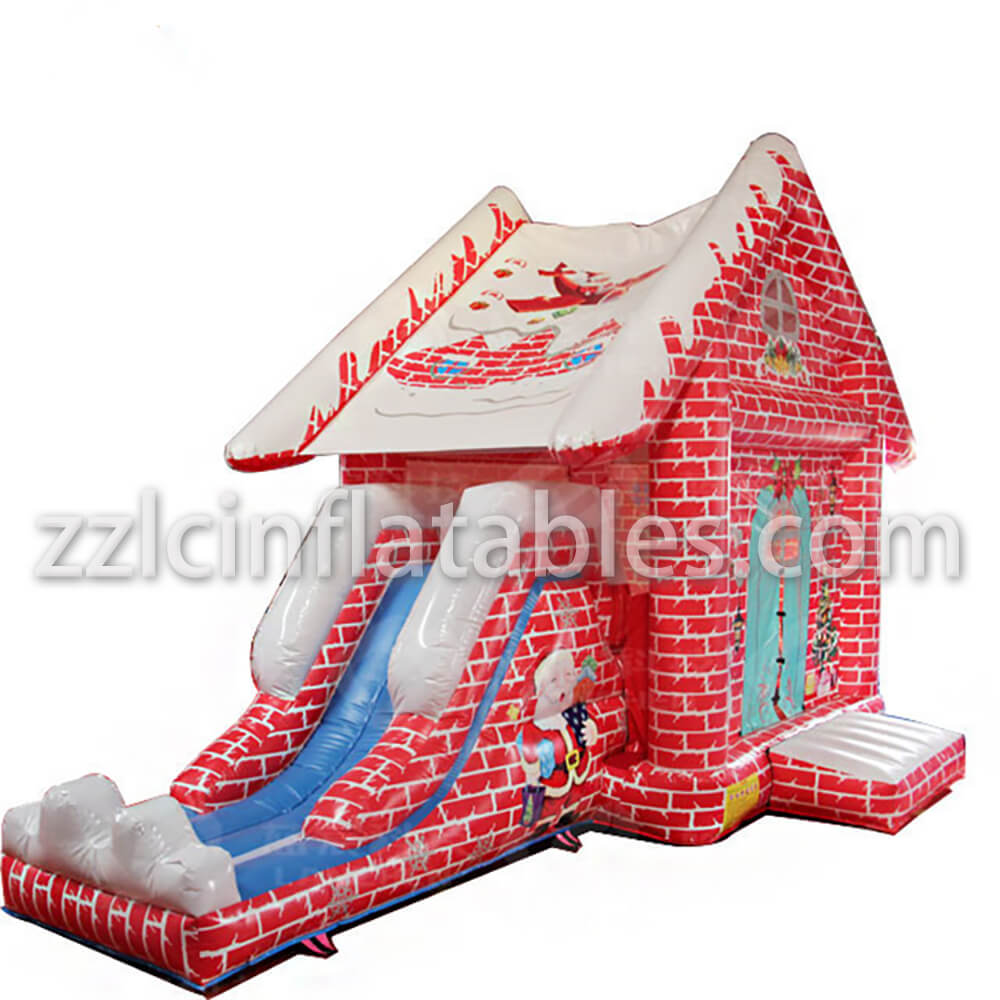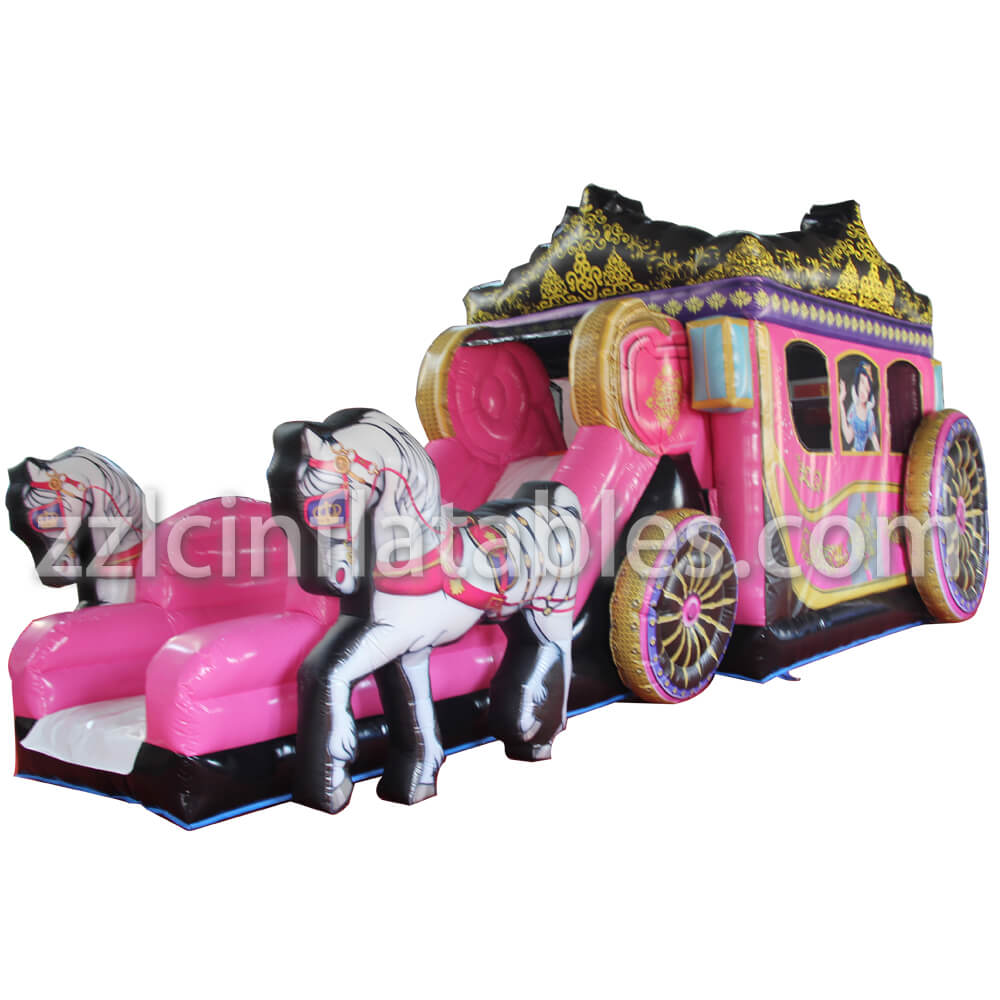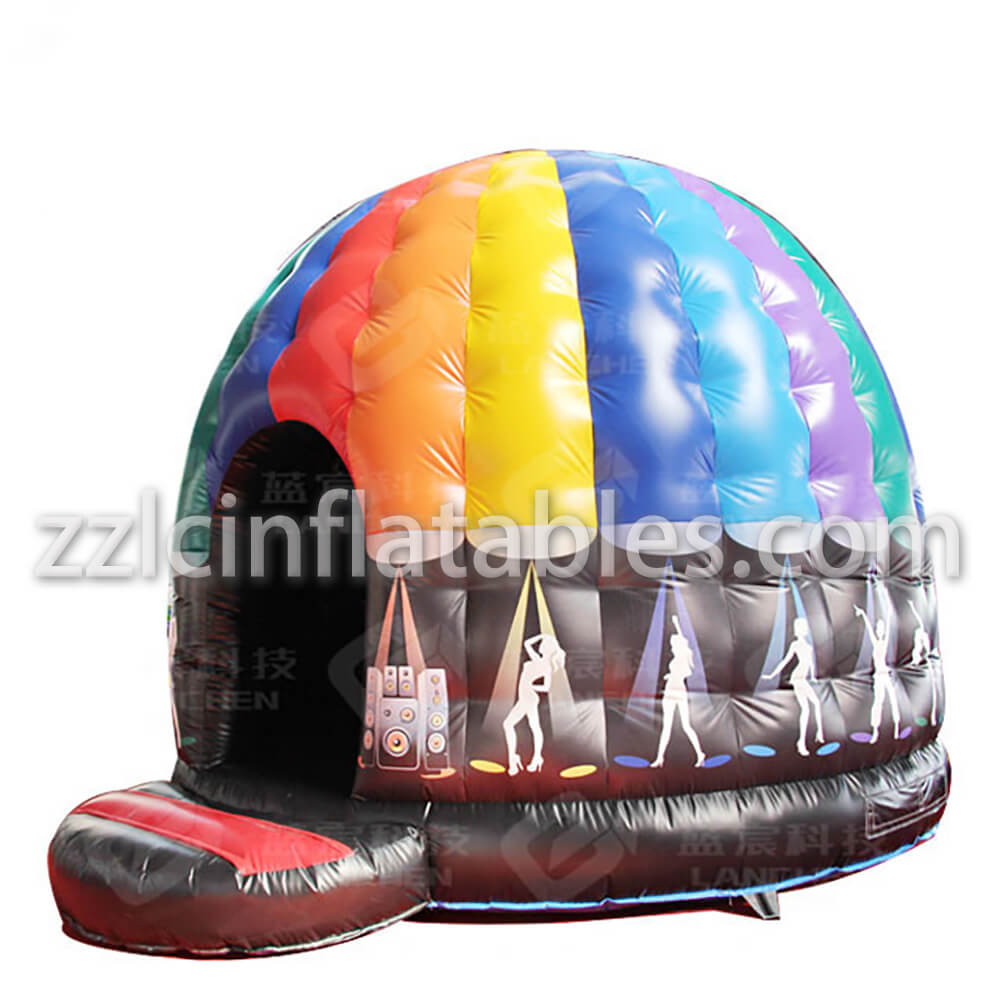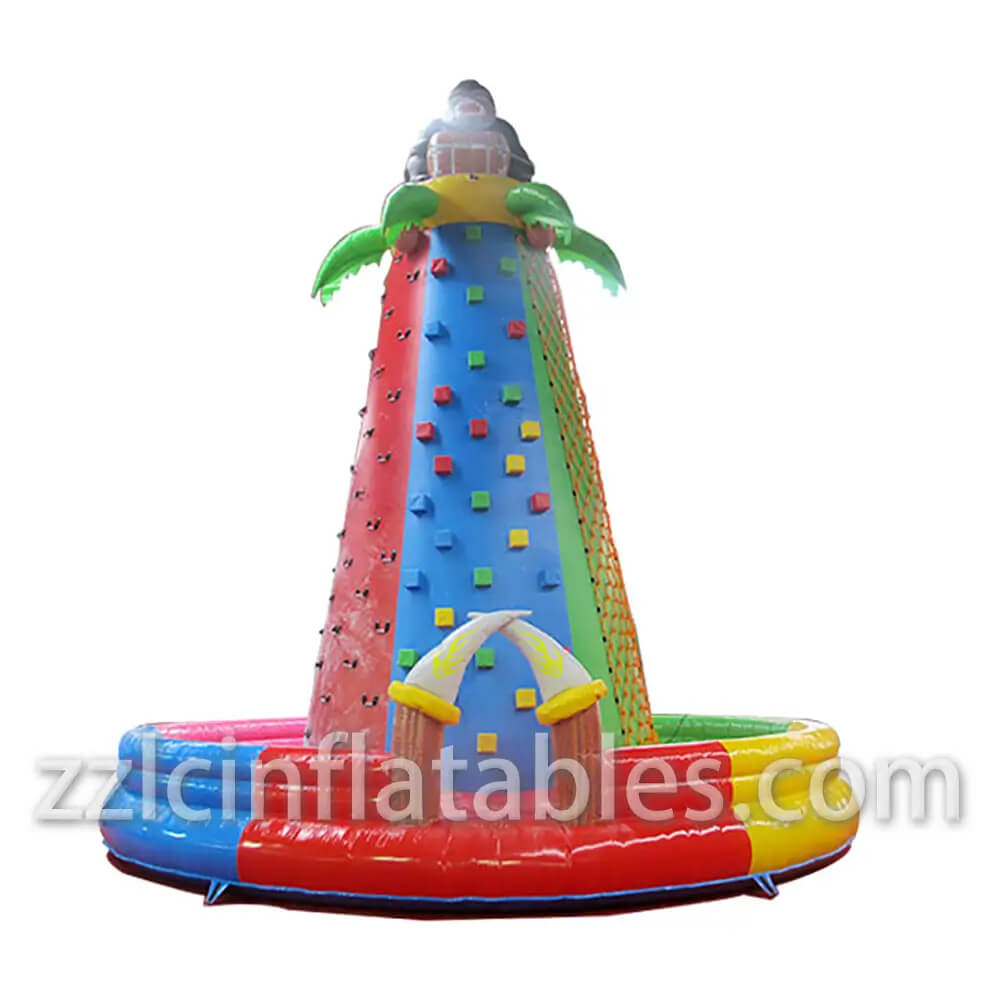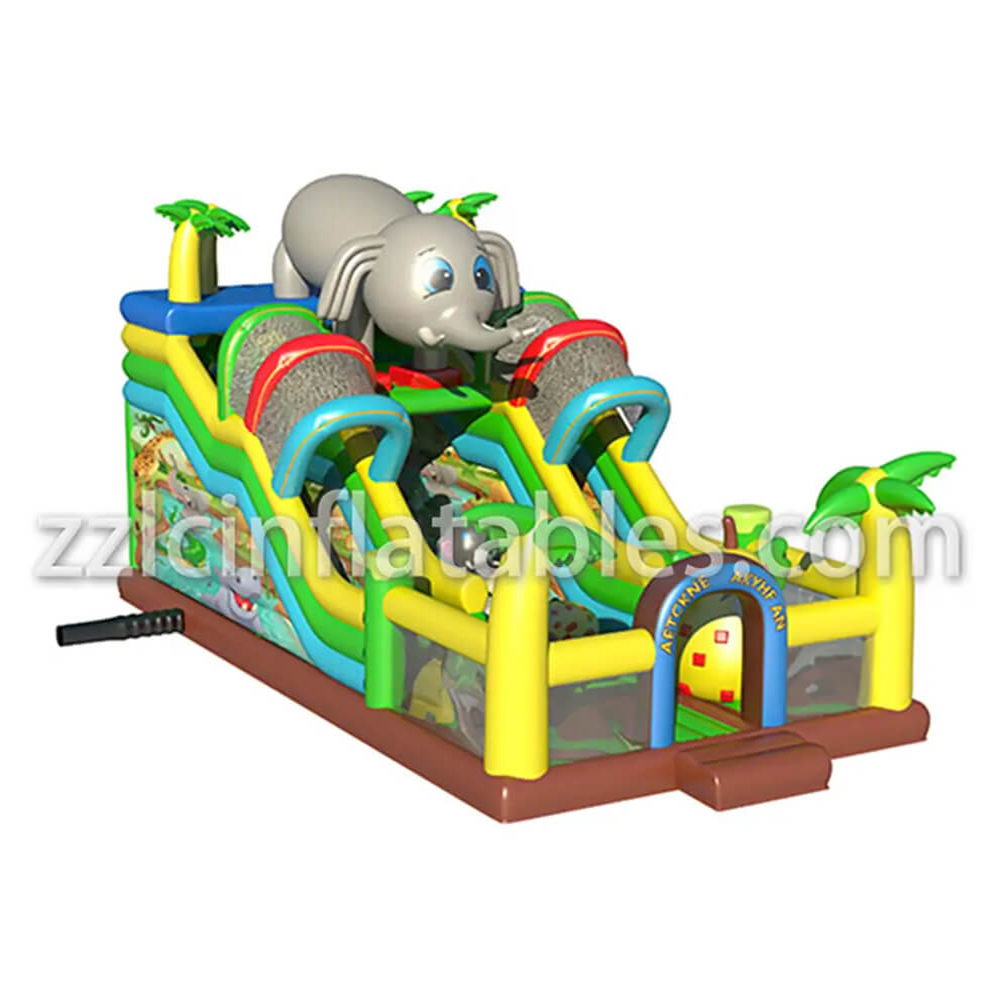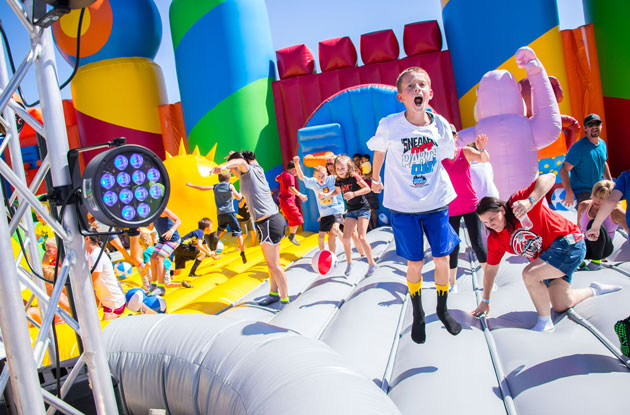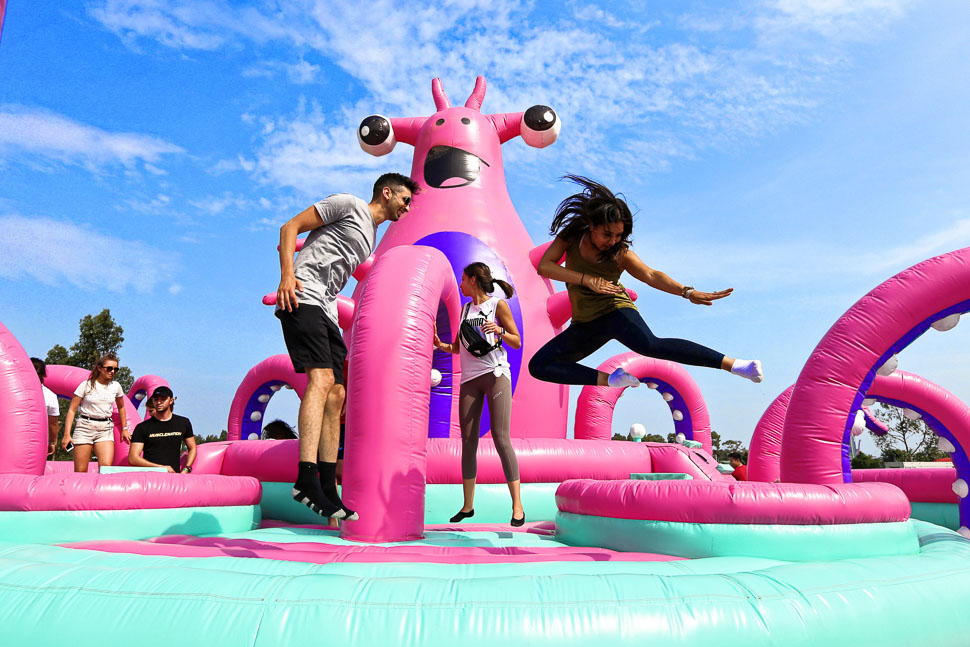
Bouncy Castles vs Trampolines: Making the Right Selection
If you’re contemplating setting up one of these for bouncy castles, you must make a choice. We’re here to assist you in making that decision. Let’s delve into the realm of bounce houses and trampolines from various perspectives you might be concerned about.

